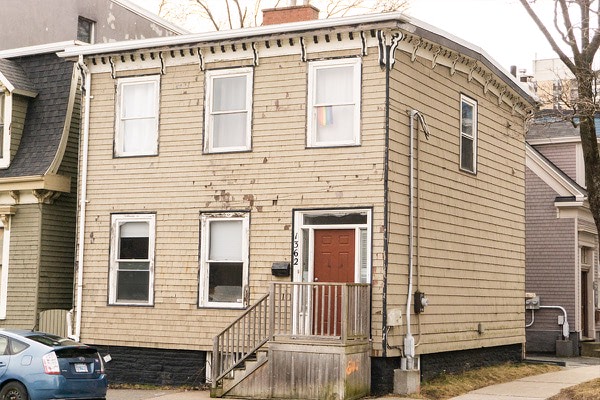What are the most important renovations to do when selling your home? Here are some of our top suggestions!
Can I buy a house after I file a consumer proposal or bankruptcy?
Buying a house after bankruptcy
One of the most common questions I receive when I am in consultations, pre-qualifying someone, or simply chatting with people about what I do is if it is possible to purchase a house after someone enters into a consumer proposal or a bankruptcy. Despite popular belief, homeownership is still a possibility after you enter into a restructuring plan.
Qualifying for a mortgage after you file a proposal or a bankruptcy usually requires that you be out of your proposal or bankruptcy for two years. This is just a general rule and varies by lender. There are several factors that go into qualifying for a mortgage such as your credit score, amount of your down payment, Total Debt Service Ratio (TDS) and Gross Debt Service Ratio (GDS), but this is true even for non-credit afflicted clients. When we look at the credit score/credit rating post-proposal or bankruptcy the qualifying process comes down to what Clinton and I like to call the two-two-two rule. You need two significant credit products, with limits of at least $2,000, for at least two years. As mentioned, these are general requirements and may vary by each lender.
Two significant credit products
Most people automatically aim to obtain a small secured credit card for $300-400 but unfortunately, this will not cut it long term. Banks want to see that you can handle credit again and a single secured credit card will not be enough. Instead, look to obtain a second credit product. This could be another credit card, a small loan, GIC loan or a car loan. Unfortunately, pre-proposal/bankruptcy credit products do not count.
Car loans have been said to be the most effective form of credit rebuilding but you want to be aware of the terms of purchase. It doesn’t make sense to enter into a $20,000 financing arrangement for a vehicle that is only worth $10,000. This could not only end up affecting your purchasing ability but also your long-term financial success. I would never recommend you take out a car loan to simply try and improve your credit. There are much better options.
Limits of at least $2,000
Almost everyone can dig themselves out of credit card debt of $300 on a secured card. The banks know this as well. The banks want to see that you are able to handle higher debt loads before they potentially lend you hundreds of thousands of dollars. Aim to have limits on your credit products of at least $2,000.
Two-year minimum account age
The bank will want to see that you are able to handle your new credit products for a longer period of time. Two years post proposal or bankruptcy is the average they look for. You will want to ensure you do not miss any payments and keep your record clean during this process.
Some other tips to ensure you have the best odds of approval are:
- Save more than your down payment requirement. Remember, even if the down payment is only five per cent, you will need more for closing costs. Examples of these are 1.5 per cent for deed transfer taxes, legal fees, property tax adjustments, etc.
- Correct any inaccuracies on your credit report before you apply.
- Get all of your ducks in a row. Talk to your mortgage broker well before you intend to purchase. Any issues can be addressed beforehand to avoid any unnecessary delays (or costs!).
This article was written by David Moffatt. He is the Debt Solutions Manager with Powell Associates Ltd. David has personally helped consumers in Nova Scotia, PEI, New Brunswick, and Newfoundland deal with unmanageable debt levels.
Have any questions for us? Feel free to contact us!


